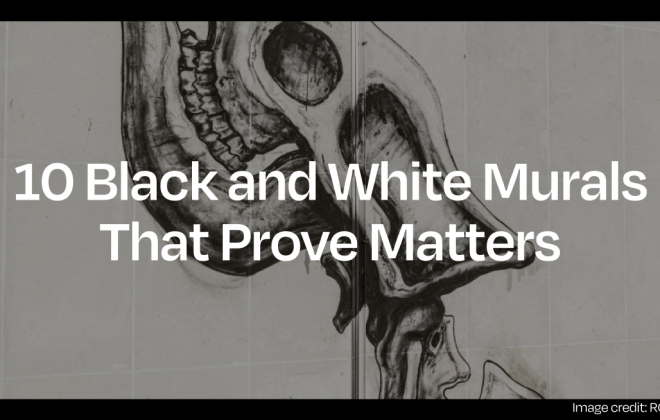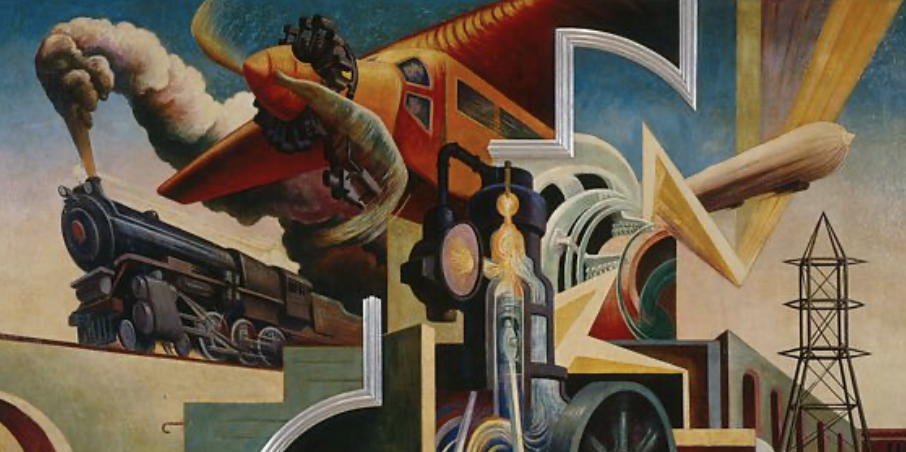
The History of Murals in the United States
The history of murals in the United States, with its grand scale and public visibility, has served as a powerful medium for expression and storytelling throughout history. In the United States, the evolution of mural art mirrors the nation’s cultural, social, and political transformations. From the earliest representations by Native Americans to the contemporary masterpieces adorning urban landscapes, mural art has continually evolved, reflecting the diverse narratives and aspirations of American society.
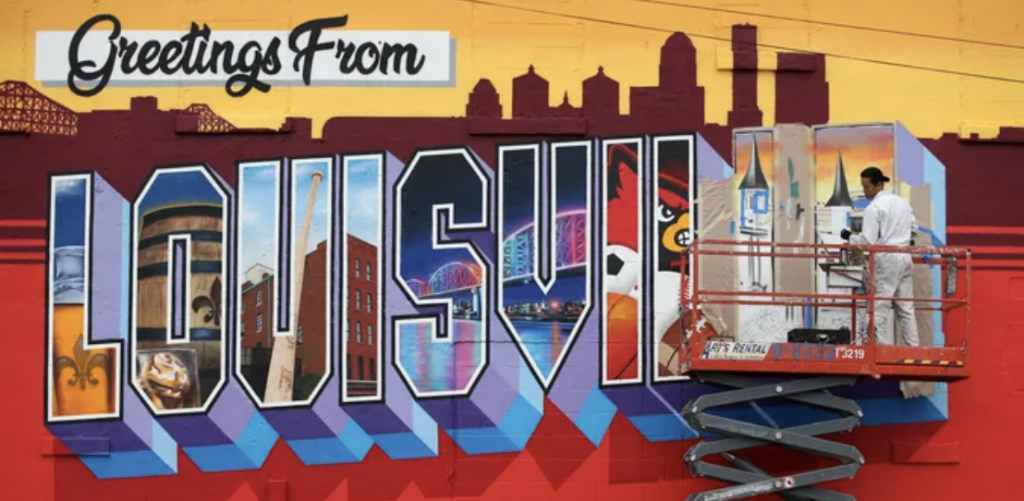
The Earliest Representations: Native American Petroglyphs and Pictographs
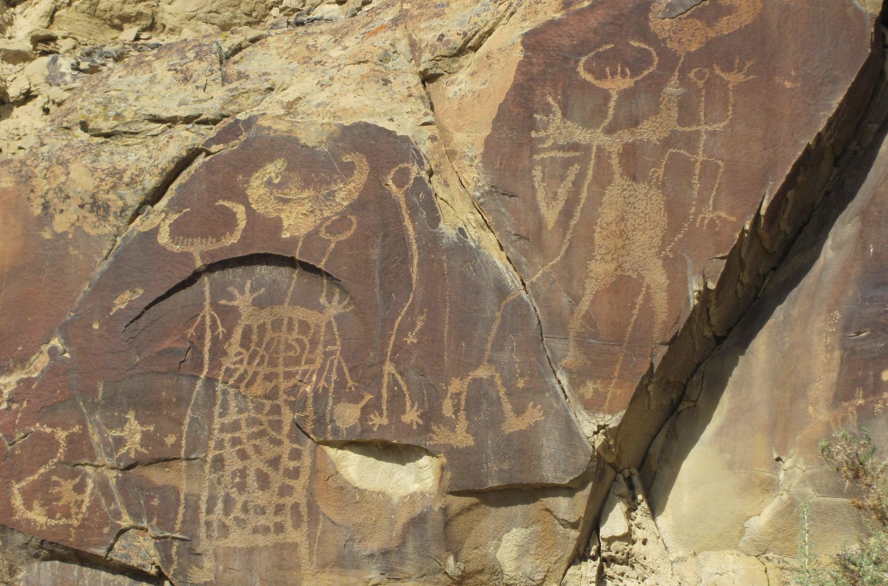
The history of murals in the United States begins with the indigenous peoples who first inhabited the land. Native American petroglyphs (rock carvings) and pictographs (rock paintings) are some of the earliest forms of mural art. These artworks, often found in caves and on rock faces, depict scenes from daily life, spiritual beliefs, and tribal histories. The Chumash people of California, for instance, created intricate pictographs using natural pigments, which have survived for thousands of years.
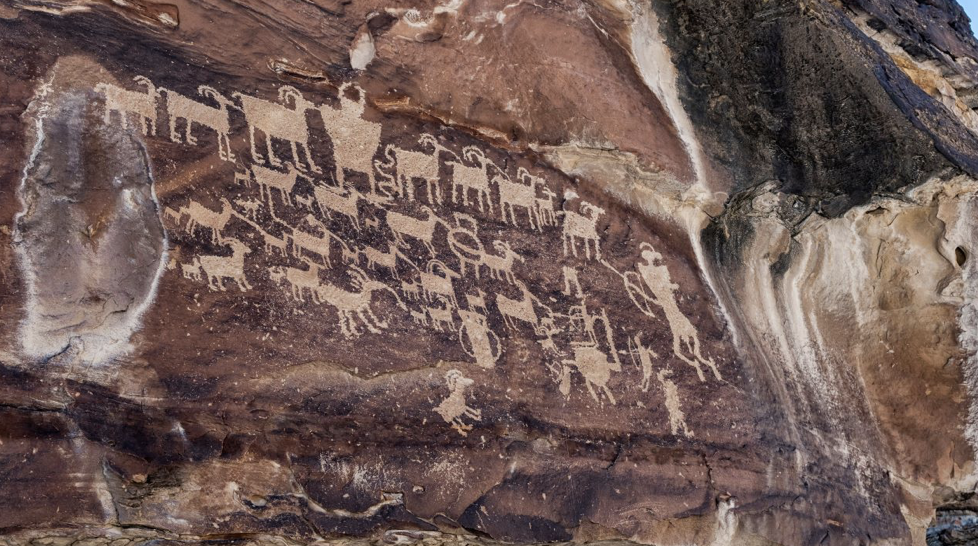
These early murals served as both functional and ceremonial purposes, providing insights into the lives and cultures of Native American tribes. The public perception of these murals was one of reverence and respect, as they were integral to the cultural and spiritual fabric of the communities that created them.
The 19th Century: The Influence of European Art
As European settlers arrived in the United States, they brought with them their artistic traditions, including fresco painting. One of the earliest examples of this influence is the mural art in the California missions. Franciscan monks used mural painting to convert Native Americans, creating religious scenes in a style reminiscent of European frescoes.
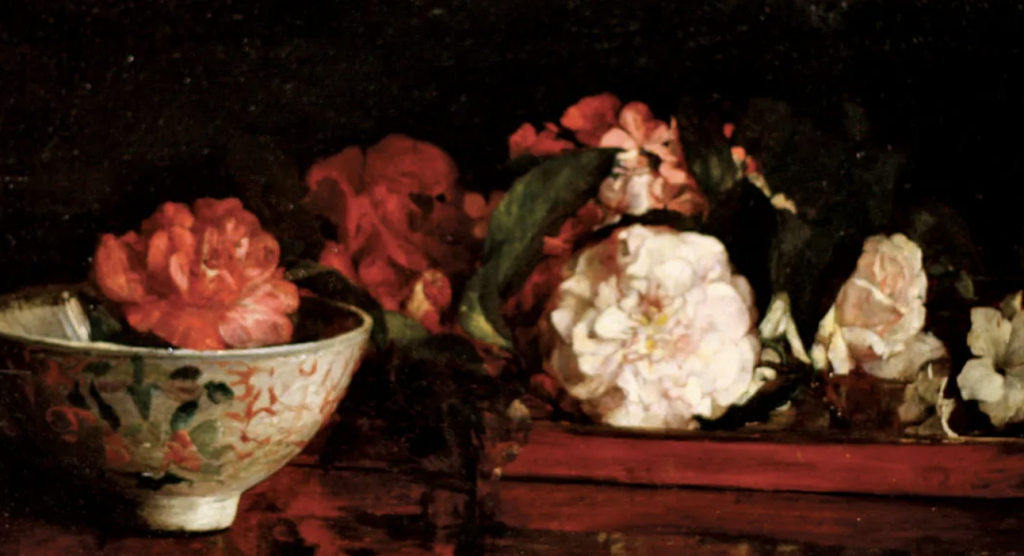
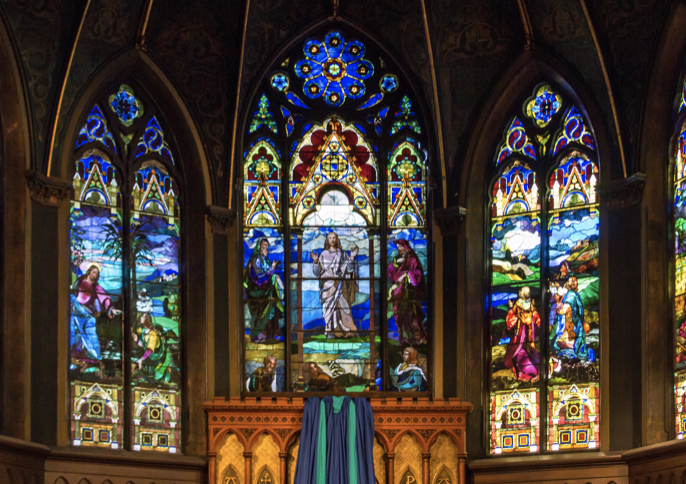
20th Century: American Muralism
The early 20th century saw the rise of American muralism, heavily influenced by the Mexican mural movement. This period marked a significant shift in the purpose and perception of mural art, as it became a tool for social and political commentary.
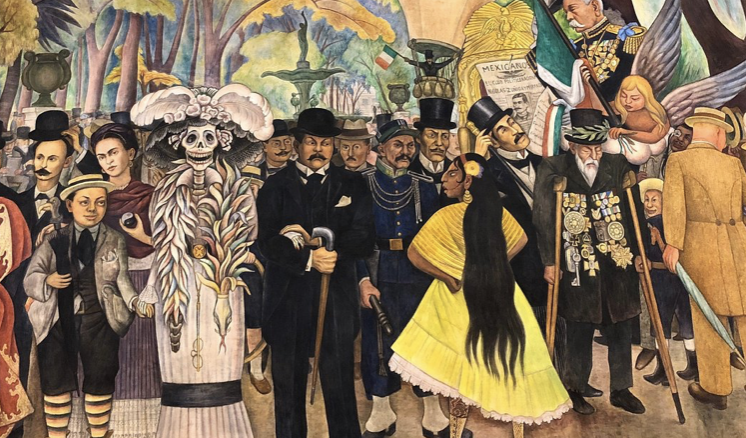
The 1920s and 1930s: The Mexican Muralists
The Mexican muralists, particularly Diego Rivera, José Clemente Orozco, and David Alfaro Siqueiros, had a profound impact on American artists. Their murals, characterised by bold colours and social themes, inspired a generation of American muralists to explore similar subjects. Rivera’s murals in Detroit and San Francisco, commissioned in the 1930s, exemplify this influence. His “Detroit Industry Murals” at the Detroit Institute of Arts celebrate industrial workers and the power of collective labor.
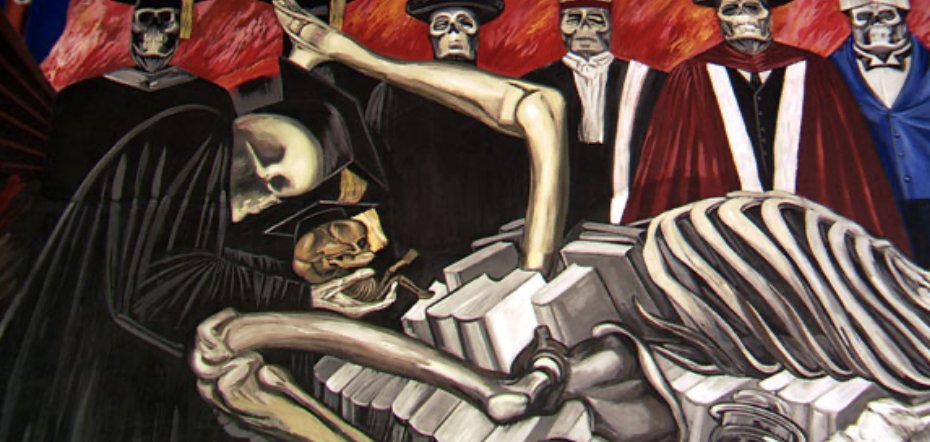
During the Great Depression, the U.S. government funded numerous public art projects. The Federal Art Project employed artists to create murals in public buildings across the country. One of the most famous murals from this era is “America Today” by Thomas Hart Benton, a series of panels depicting various aspects of American life, from industry to leisure.

The public perception of mural art during this period was mixed. While some appreciated the social commentary and accessibility of these works, others viewed them as politically charged or controversial. Nevertheless, these murals played a crucial role in bringing art to the masses and elevating the status of muralists.
The 1940s and 1950s: Abstract Expressionism
The post-World War II era brought a sense of optimism and a shift in artistic styles. The 1940s and 1950s saw the emergence of Abstract Expressionism, a movement characterised by non-representational forms and spontaneous techniques. While mural art was less prominent during this period, some artists continued to create large-scale works.
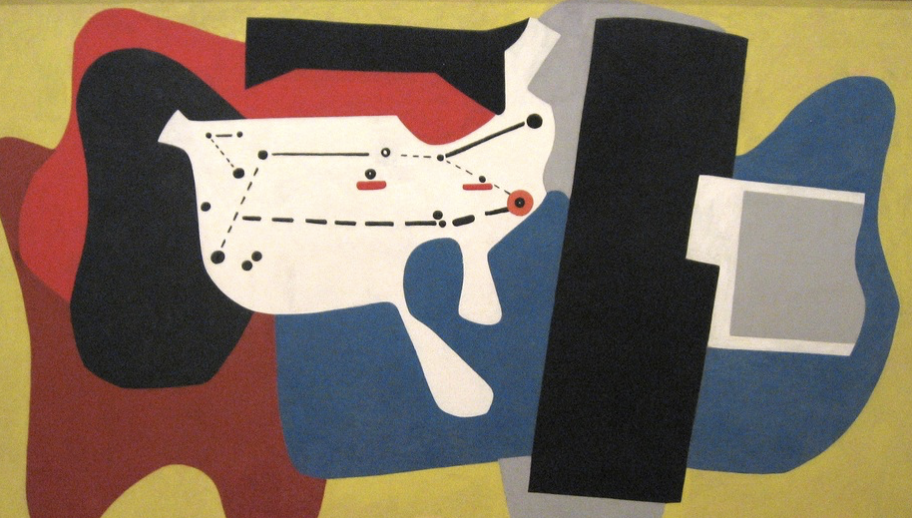
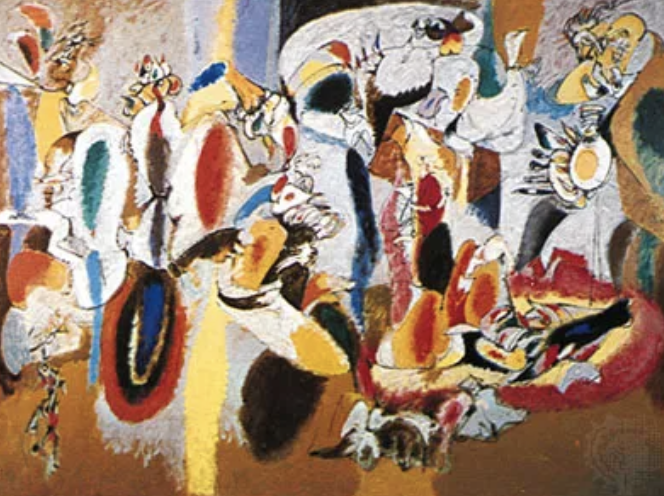
One notable example is Arshile Gorky’s murals for the Newark Airport, completed in the late 1930s but reflecting the abstract tendencies that would dominate the post-war era. Gorky’s murals, which depict fantastical and abstracted landscapes, represent a departure from the social realism of the previous decades.
The public perception of mural art in the post-war era was shaped by the broader acceptance of modernist art. Abstract Expressionism, though initially controversial, eventually gained recognition and respect, influencing the way murals were conceived and appreciated.
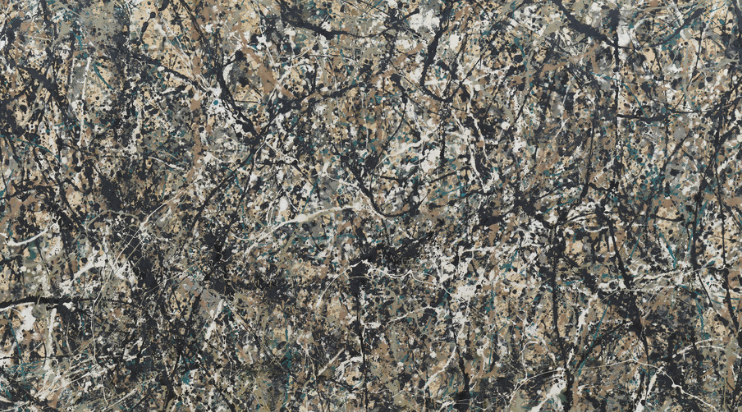
The 1960s and 1970s: The Civil Rights Movement and Urban Art
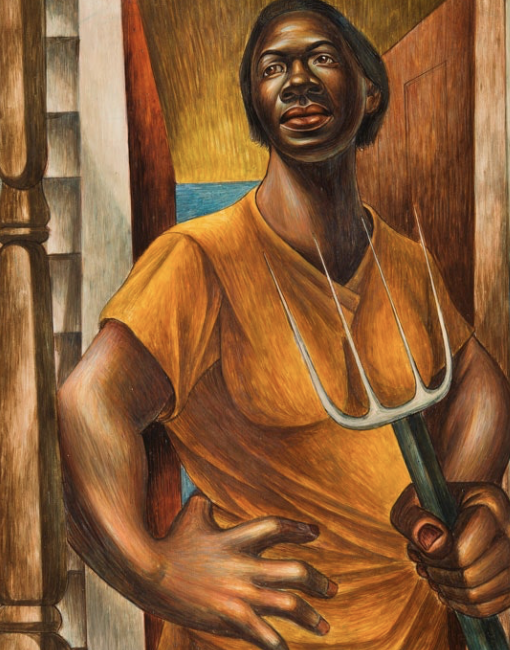
The 1960s and 1970s were decades of social upheaval and transformation, and mural art played a significant role in these movements. Murals became a powerful medium for expressing political and social messages, particularly in urban environments.
The Civil Rights Movement
During the Civil Rights Movement, murals emerged as a form of protest and empowerment. Artists like Charles White and John Biggers used their murals to highlight the struggles and achievements of African Americans. White’s mural created in 1943, is a powerful depiction of African American history and resilience.
In Chicago, the Wall of Respect, completed in 1967, became an iconic symbol of the Black Power movement. Created by a collective of artists, the mural depicted prominent African American figures and served as a rallying point for the community. The Wall of Respect inspired similar projects across the country, marking a significant moment in the history of mural art.
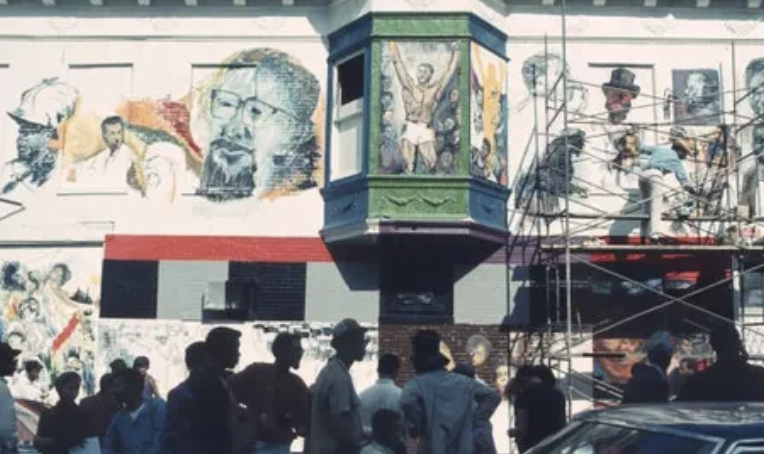
The Chicano Mural Movement
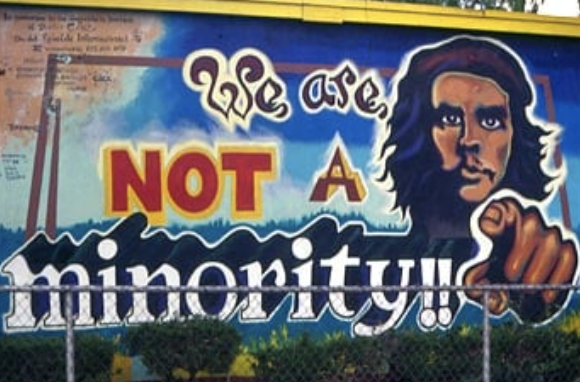
The Chicano Mural Movement, which emerged in the 1960s through to the 1970s, also played a crucial role in the history of mural art. Influenced by the Mexican muralists, Chicano artists used murals to celebrate their cultural heritage and advocate for social justice. One of the most famous Chicano murals is “The Great Wall of Los Angeles,” a half-mile-long mural depicting the history of California from a Chicano perspective. Led by artist Judith Baca, this project involved hundreds of community members and remains one of the longest murals in the world.

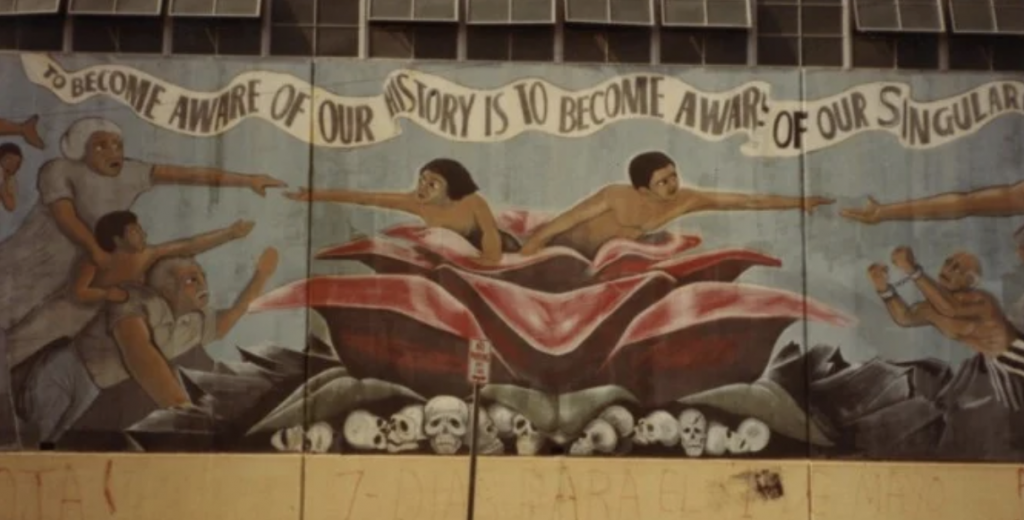
The 1980s and 1990s: Street Art and Graffiti
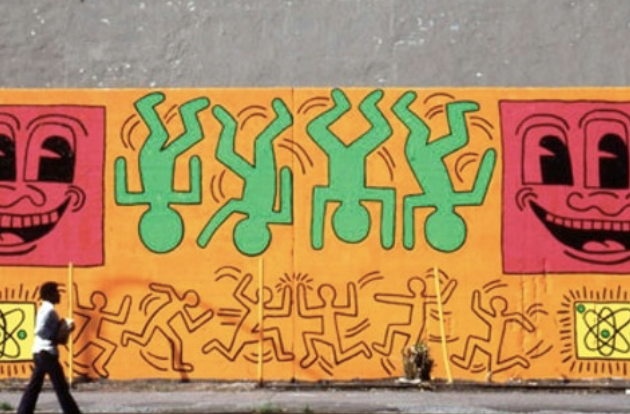
The 1980s and 1990s witnessed the rise of street art and graffiti, bringing a new and often controversial dimension to mural art. Graffiti artists, often working illegally, transformed urban landscapes with their bold and unconventional works.
The Emergence of Graffiti Art
Graffiti art emerged in the 1970s but gained mainstream attention in the 1980s. Artists like Keith Haring and Jean-Michel Basquiat transitioned from graffiti to gallery spaces, blurring the lines between street art and fine art. Haring’s murals, characterised by their vibrant colours and playful imagery, addressed social issues such as AIDS awareness and LGBTQ rights. His “Crack is Wack” mural in Harlem, created in 1986, remains an iconic example of his work.
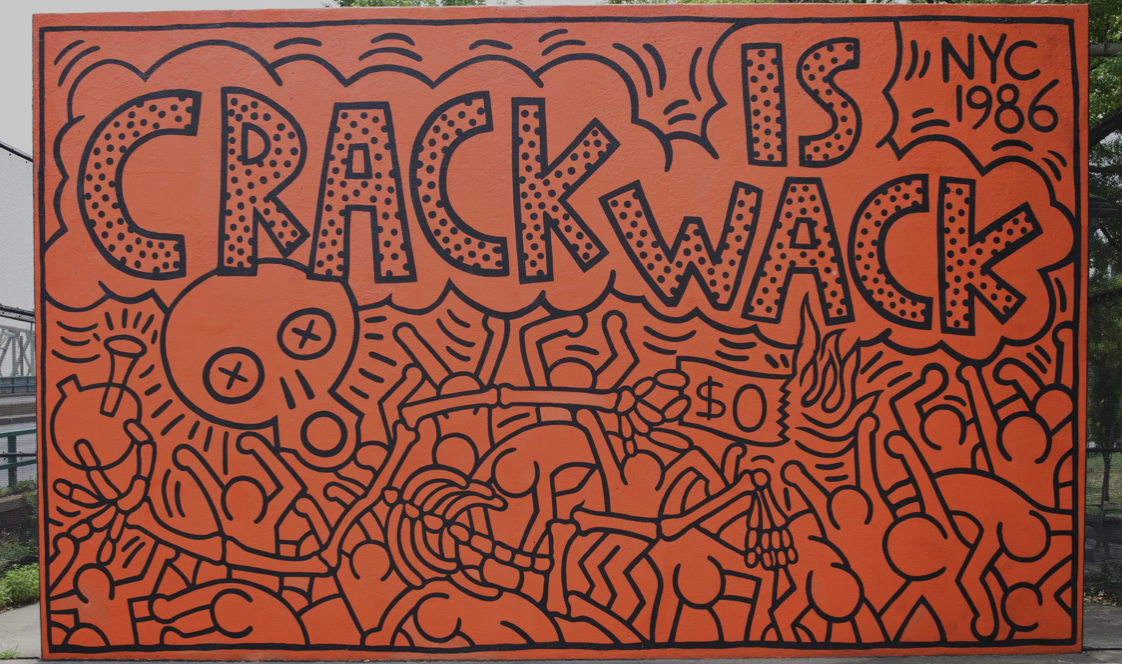
Basquiat, with his raw and expressive style, also left a lasting impact on the art world. Though his murals were less prominent than his canvases, his influence on street art and graffiti culture is undeniable.
Learn about the History of Street Art in New York City!
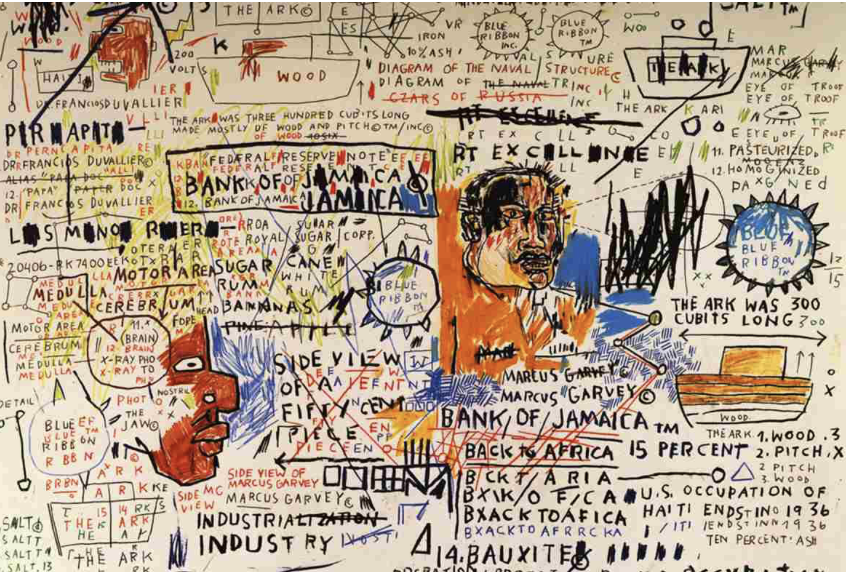
Community Murals and Public Art Programs
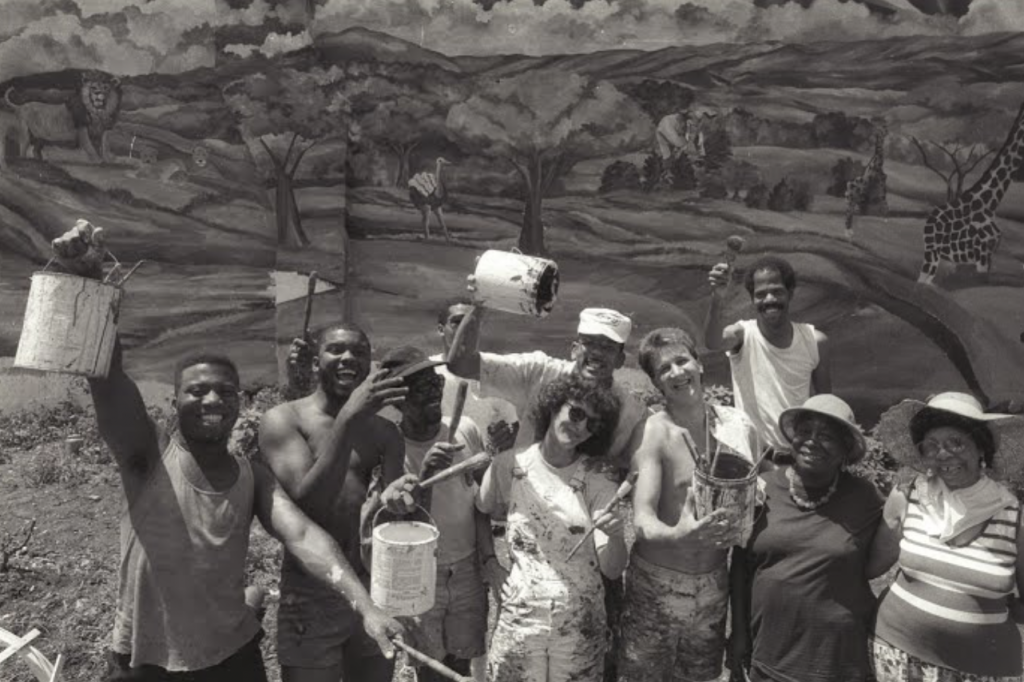
In response to the proliferation of graffiti, cities began to implement public art programs aimed at channeling the creative energy of street artists into sanctioned mural projects. The City of Philadelphia’s Mural Arts Program, founded in 1984, is one of the most successful examples. This program has facilitated the creation of thousands of murals, transforming neighbourhoods and providing opportunities for artists and residents to collaborate.
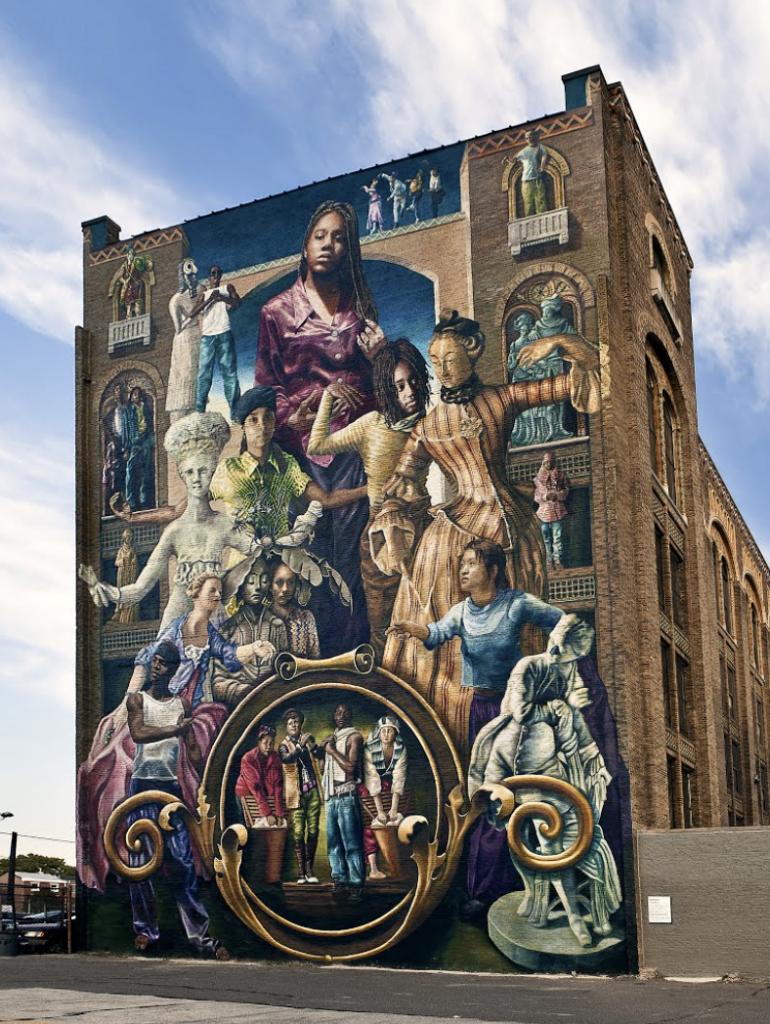
The history of murals in the United States and public perception of mural art during the 1980s and 1990s was complex. While graffiti was often viewed as vandalism, there was also a growing recognition of its artistic value and cultural significance. Community murals, on the other hand, were generally well-received and celebrated for their positive impact on urban environments.
The 21st Century: Diversity and Innovation
The history of murals in the United States has brought us to the 21st century where mural art continues to thrive, embracing new styles, technologies, and themes. Contemporary muralists draw from a rich history while pushing the boundaries of the medium.
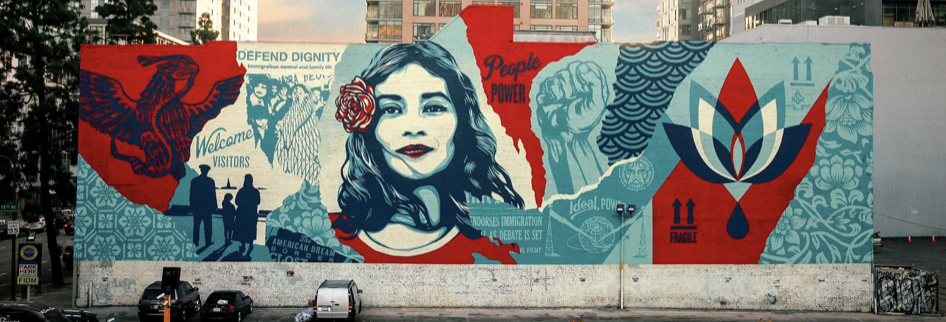
Celebrating Diversity and Social Justice
Modern murals often reflect the diverse and multicultural nature of American society. Artists like Shepard Fairey and JR use their work to address social justice issues and promote inclusivity. Fairey’s “We the People” series, featuring portraits of diverse Americans, became a symbol of resistance and unity during the 2017 Women’s March.
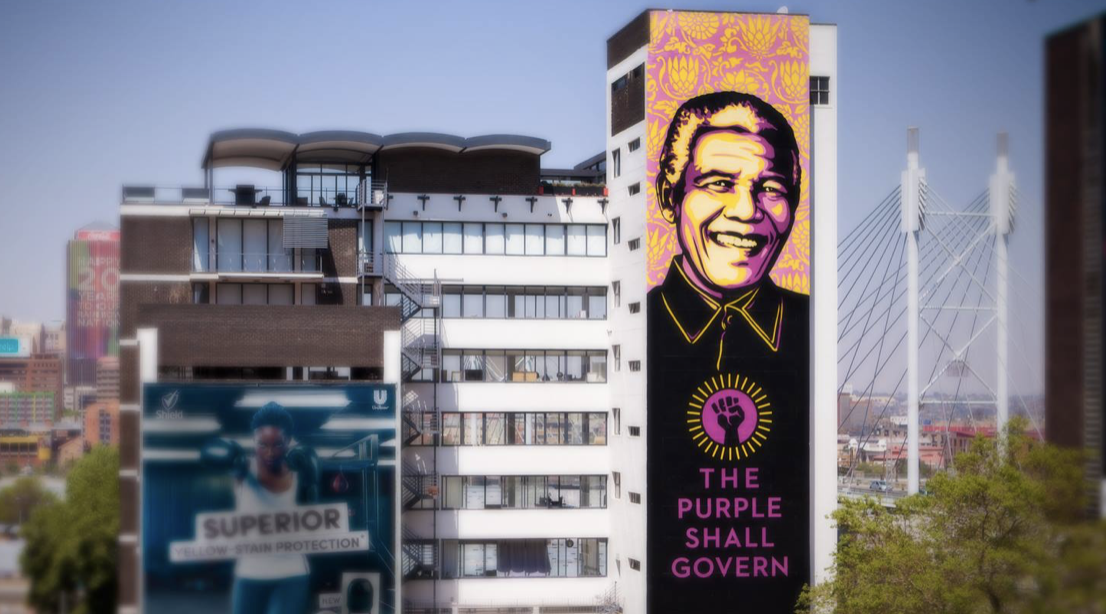
JR, a French artist known for his large-scale photographic installations, has created several impactful murals in the United States. His “Chronicles of San Francisco,” a digital mural displayed at the San Francisco Museum of Modern Art, captures the faces and stories of over a thousand city residents, celebrating the community’s diversity and resilience.
Technological Innovations
Advancements in technology have also influenced contemporary mural art. Digital murals, interactive installations, and augmented reality (AR) experiences are expanding the possibilities of the medium. Artists like INSA create “GIF-iti,” animated murals that come to life when viewed through a smartphone app.
Check out some examples on the GIF-iti website.
The history of murals in the United States is a rich and evolving narrative that reflects the nation’s cultural, social, and political landscape. From the earliest Native American pictographs to the vibrant and diverse murals of today, this art form has continually adapted and thrived, serving as a powerful medium for expression and community building.
Throughout the decades, mural art has been shaped by the visions of countless artists and the communities they represent.
Interested in more history? Read about The History of Mural Art in Miami.
Check out top-rated local artists near you!
Are you an artist ? Sign Up












